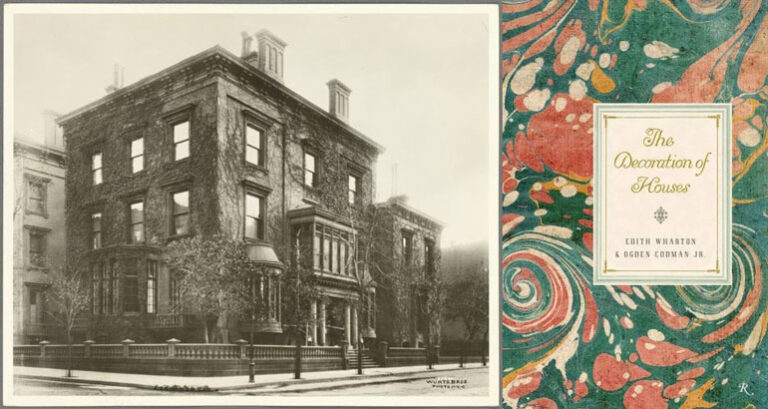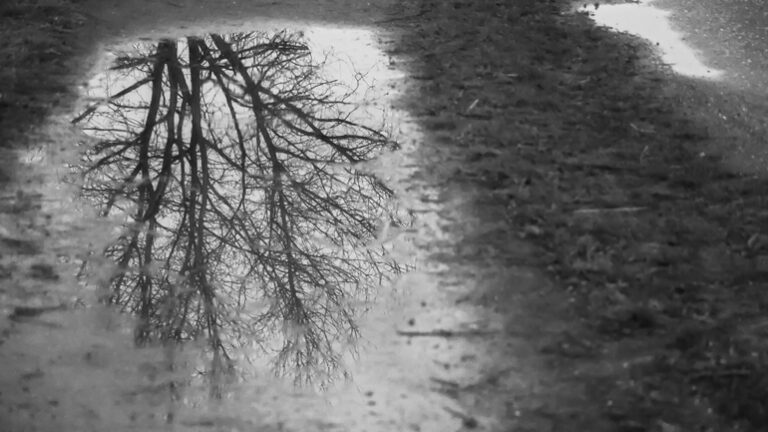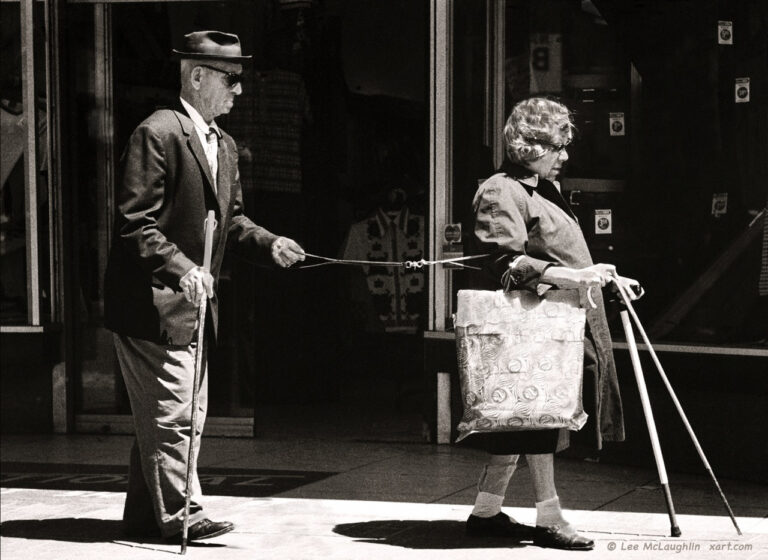Writing Trauma: Notes of Transcendence, #5—The Objective Correlative
 This post is part of a series by Tracy Strauss on “Writing Trauma: Notes of Transcendence,” about the process and power of writing and publishing about trauma-related topics. To read the archives, click here.
This post is part of a series by Tracy Strauss on “Writing Trauma: Notes of Transcendence,” about the process and power of writing and publishing about trauma-related topics. To read the archives, click here.
I first read Gail Caldwell’s Let’s Take the Long Way Home, a memoir of friendship between Caldwell and the writer Caroline Knapp, when I was pursuing my MFA in creative writing. I was in the middle of grieving the loss of my mother and was writing about how caring for a traumatized cat helped me to heal from PTSD.
Caldwell’s memoir is not just about forging an intimate bond with a friend—it is a deep exploration into how human and human-animal connections can heal us from traumatic experiences.
Let’s Take the Long Way Home is a story about companionship, love, loss, and grief, tied together by the narrator’s (and her friend’s) bond with their dogs, (Caldwell’s) Clementine and (Knapp’s) Lucille, who serve as a conduit between human friends as well as witnesses to love and tragedy. The dogs, and the human-animal bond, are employed as an objective correlative to explore the emotions and themes of Caldwell’s story.
Caldwell uses the human-animal bond as a backdrop for portraying her friendship with Knapp. She describes a photograph she has “framing the backs of my dog and Caroline’s, Clementine and Lucille, who are silhouetted in the window seat and looking outside.” Caldwell continues to describe the “classic dog photo, capturing vigilance and loyalty” and then links it to an image of her friendship with Knapp: “…through the window and out to the fields beyond, you can make out the smallest of figures—an outline of Knapp and me walking down the hill.” In this way, Caldwell gives a snapshot of her friendship using the objective correlative: the shared bond with dogs evokes and explores Caldwell’s relationship with Knapp. The dogs are at the forefront of the photograph while their human companions are in the distance—representing, in picture form, the foundation of Caldwell’s relationship with Knapp.
The friendship between Caldwell and Knapp revolves heavily around walks with their dogs. In the beginning of the memoir, Caldwell describes the dogs through the traits of vigilance and loyalty, which establishes, by extension, the deeply etched qualities of the friendship between Caldwell and Knapp, a relationship that the book has barely begun to unfold. Later, Caldwell describes her dog as a companion who instinctively understands that Knapp is gone when Caldwell enters her friend’s home after her death. Clementine is a witness to Caldwell’s grief.
After Knapp’s death, the narrator continues to walk her dog along the same route she and her human friend once shared. Caldwell also portrays a harrowing attack on Clementine, writing her scenes using imagery that reflects traumatic stress: she details her heightened senses: “…most of my visual memories of that afternoon have a cinematic purity—I remember what I was wearing, where I was standing, how my arms and face and voice felt while I scanned the blackening woods for a white dog.” The polar extremes—black and white—reflect her state of terror. Caldwell then recounts her sense of desperation to save herself (and her dog) from traumatic loss: “I remember thinking, with nonsensical logic, that I could probably search for her until about two a.m. – that I had that much time before I would need water or food, or before I would physically give out.” In this style of writing, Caldwell conveys her internal stress through her reaction and line of logic. She ties in her friendship with, and grief for, Knapp, whom she believes, in spirit form, brings Clementine back to the house, safe: “Caroline, who had long been the search-and-rescue spirit in my pantheon, was as essential as air to the retelling of the tale.” The dog becomes the literary link between humans.
Caldwell also uses the traumatic experience of Clementine’s attack to comment upon her grief for Knapp, showing how Clementine teaches Caldwell something about understanding her state of mind:
I worried about [Clementine] with such maternal vengeance that it seemed to eclipse my grief for the dead. I was ashamed by the inconsolable quality of my anxiety; Clemmie was alive, and Caroline was gone, and yet my anguish now was about the one who had been saved. Then I realized something else they don’t tell you in the instruction books for mourning: that we only fret about the living. I might well grieve Caroline for all my days, but I wasn’t worried about her anymore.
Here, there is some sense of letting go of the struggle with death to embrace the living.
Caldwell’s depiction of Clementine, along with Lucille, parallels the lifespan of her friendship with Knapp, from the walks in the woods to death’s door, to the grief felt, to the intimate bond that remains post-mortem. She illustrates the power of love through—and across—the boundaries of species, and across the boundary of the living and the dead.
Caldwell writes thematically in conclusion, “‘The heart breaks open,’ a friend said to me upon Clementine’s death. I know now that we never get over great losses; we absorb them, and they carve us into different, often kinder, creatures.”


